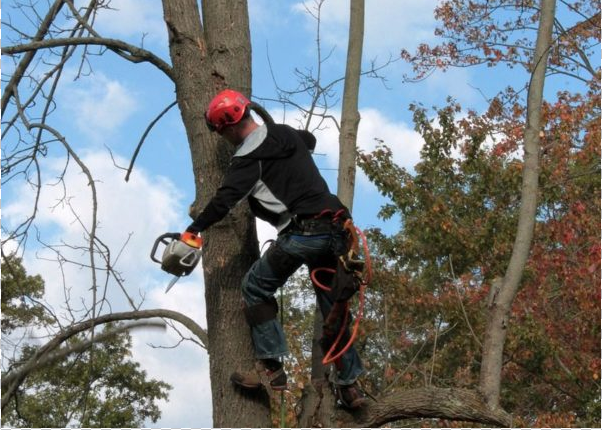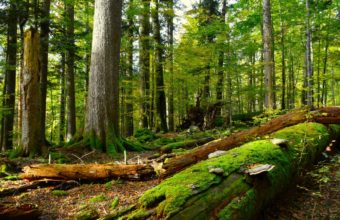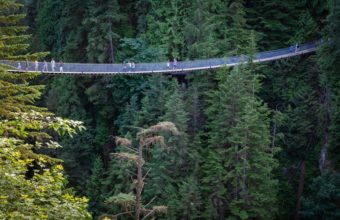Tree climbing, especially in the context of professional arboriculture, is highly physically demanding. It requires a combination of strength, endurance, flexibility, and balance to safely and efficiently navigate and work within trees.
Here are several aspects that contribute to the physical demands of tree climbing…
Strength
- Upper Body Strength – Climbers frequently use their arms to pull themselves up, maneuver through branches, and handle tools while in the tree.
- Core Strength – A strong core is essential for maintaining balance and stability while climbing and working at heights. Arborists often work in awkward positions that require a strong core to safely manage.
- Leg Strength – Climbers use their legs to push upwards and to stabilize themselves against the tree trunk or branches, especially when using climbing techniques like foot locking or when ascending with spikes (for removals).
Endurance
- Sustained Physical Activity – Climbing and working in trees can take several hours, requiring not just short bursts of energy but also long-term endurance.
- Mental Fatigue- The concentration needed to safely climb, work at heights, and make critical decisions can also contribute to overall fatigue, making physical tasks feel more demanding.
Flexibility and Balance
- Maneuverability – Climbers must be able to navigate through tight spaces between branches and adjust their body position as needed.
- Balance – Working on uneven and sometimes narrow support points (like branches) requires excellent balance to avoid falls or undue strain.
Environmental Factors
- Weather Conditions – Working outdoors means exposure to varying weather conditions, including extreme heat, cold, wind, and rain, all of which can increase the physical difficulty of the job.
- Variable Work Sites – The physical demands can also vary significantly depending on the specific tree and task. For example, large tree removals are typically more physically demanding than light pruning tasks.
Safety Gear and Tools
- Carrying Equipment – Arborists often carry their climbing gear, tools, and sometimes heavy equipment into the work site, adding to the physical load.
- Using Tools – Operating saws, pruners, and other tools while maintaining stability in a tree requires physical effort and fine motor skills.
Given these demands, professional tree climbers must maintain a high level of physical fitness. Proper training, safe work practices, and the use of ergonomic tools and techniques are crucial for managing the physical demands of the job and reducing the risk of injury.






